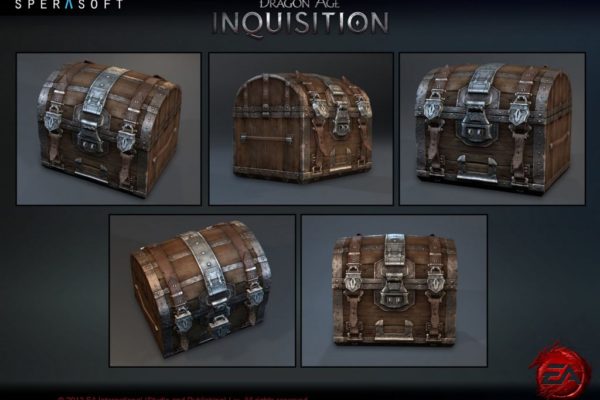If playing Breath of Fire again has taught me anything, it’s that the industry has learned little about video game inventory system. Capcom released Breath of Fire on April 3, 1993, and it’s a surprise to pick up an old title and see a storage unit! There’s legitimately a separate store in towns to deposit in-game currency and items plaguing a very flawed item management system.

I can forgive a video game in the ’90s for excluding storage; To see such an early attempt at one, I have to wonder how no one has perfected the feature. I’m overburdened with potions, cures, life1 and life2, so I go to sell the items only to discover a ‘bank’ of sorts. I’ve played this game before, but it had been years, so I didn’t remember you could manage your minimal inventory. Breath of Fire does not have a perfect system. Few games do.
The Worst Examples
Fans of the first Mass Effect remember what a nightmare the inventory system is. While I didn’t struggle a lot, there are times I wished for something more thought out. It’s difficult to manage an inventory limit that requires us to sell a lot of our gear. I didn’t imagine having to complain about that in Mass Effect Andromeda, which introduced a 65-item limit, but it happened. Bioware added storage chests to their other popular game, Dragon Age, to quell our complaints.
If they added it, why were their complaints to begin with? Well, storage chests have been an afterthought in massive games. So has the lack of an intuitive item management system. Take Cyberpunk 2077, for instance. Besides all the other noise about this game, Cyberpunk 2077 involves many items. When going to sell or break items down, though, we must do it one-at-a-time. It is a small cog in the grand scheme of things, but gamers notice when it’s polished.
Genres keep changing our perception of inventory systems
Resident Evil 4 has a limited inventory, but it’s placed together in an excellent Tetris simulation. I prefer systems like this. Resident Evil 4 did not provide a permanent storage solution, but Leon does have an attache case. I have full control over what I want in there. If there’s something I can’t keep, it goes into storage. Here, the limited space doesn’t leave a poor taste in our mouths because we can get comfortable with what we carry around.
The Legend of Zelda gives you a sack to keep your assorted items in. Everything you need is on hand. Similar indie projects like Hyper Light Drifter keep things that easy.
When it comes to looter games, the less neat approach makes sense. We’re not chasing after one piece of gear; We’re looking for possibly hundreds of gear combinations. Many gear pieces look the same but have small stat modifiers, such as 5 or 10%. Our equipment is scaling with us, so pieces with status effects we’d like to keep become obsolete. Do I store it or wait to find another one? Where did I hold it in the first place? Which submenu is it in?
There will always be a struggle to find the perfect inventory system
I like an inventory system that is visually pleasing and has a purpose. I will say that there is a plus to video games that don’t restrict your inventory. Some video game companies design their game with the constant unloading of items in mind. It is a feature of their world.
In the end, it will take more than a messy inventory system to break a game for me. It is an annoyance, but it’s one I like to complain about for a moment and then move on. Video game companies approach many of the same philosophies with different visions. How we navigate and upkeep our inventory is another system that will continue to change, to disappoint, and to delight us when they nail it.










